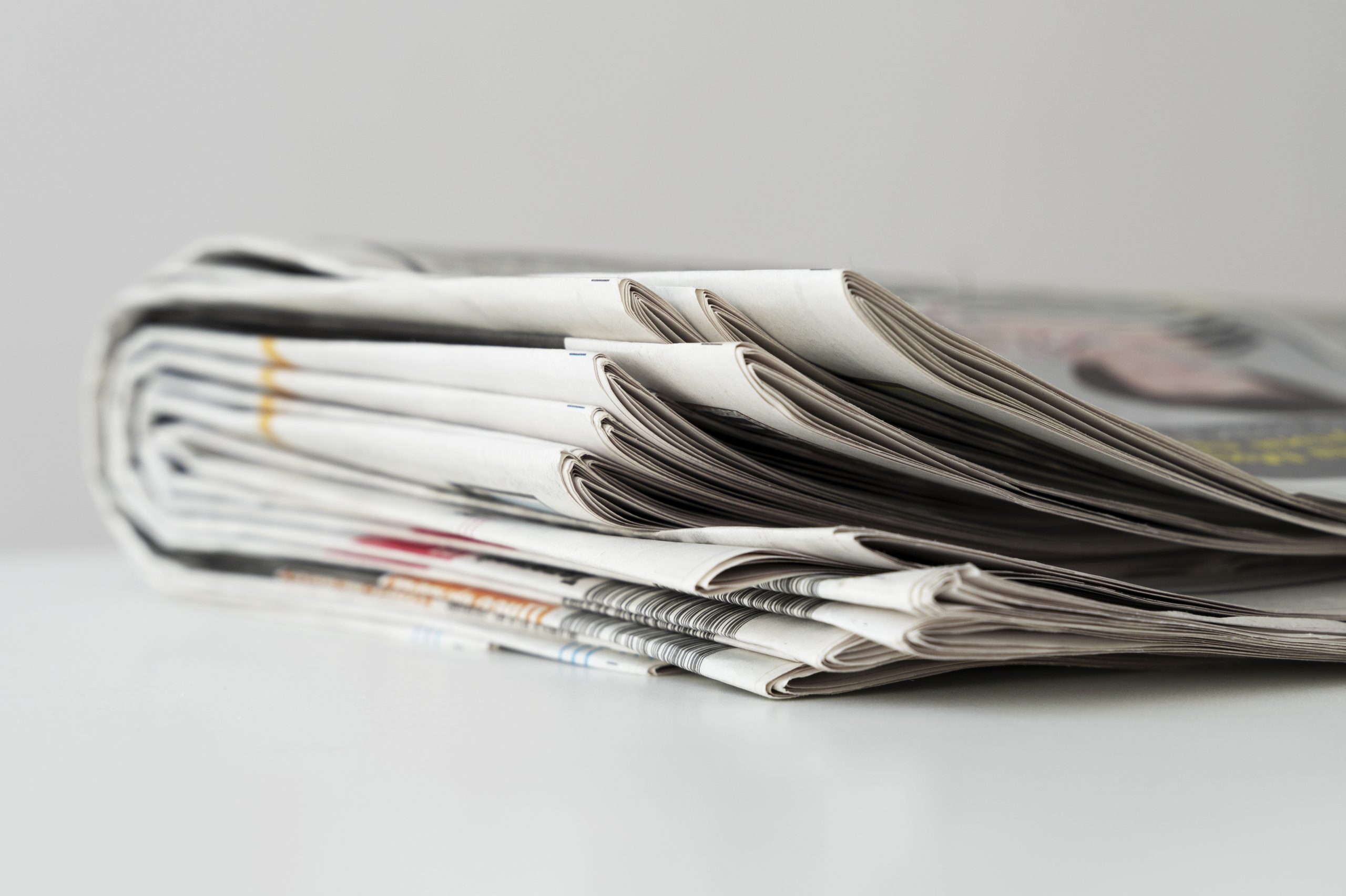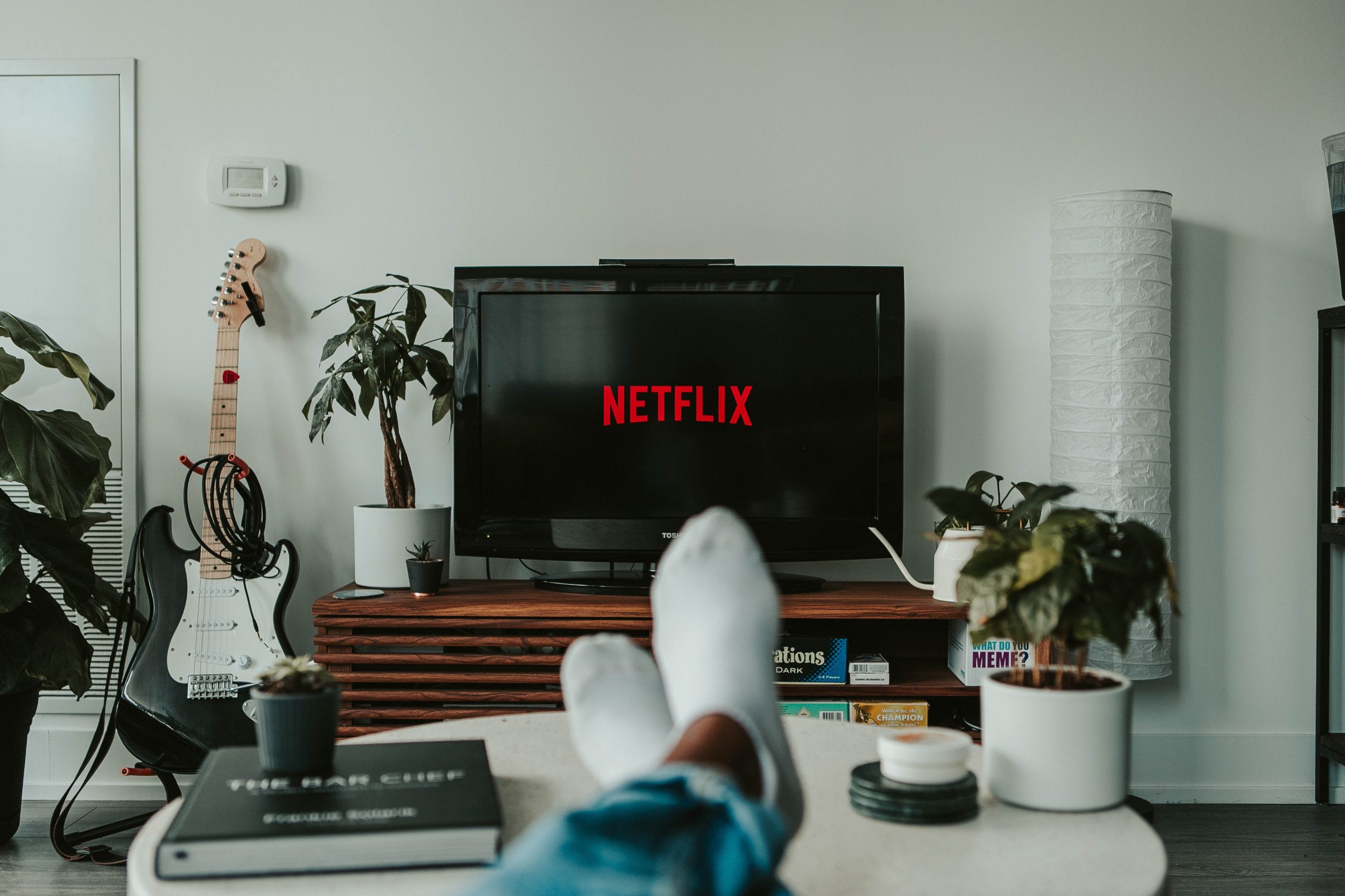A bank worker in his 40s got more defined muscle with simple tweaks to his routine.
He burned fat by paying attention to portion sizes and setting a daily protein goal.
He also started lifting heavier in the gym and tracking his reps and sets for better gains.
An office worker got ripped and transformed his fitness in seven months with a few simple changes to his diet and exercise routine.
London-based Alec Knebeg, 41, works for a bank and said he had spent years hitting the gym with little to show for it.
“I’ve always been somebody who went to the gym, but I didn’t really know how to achieve what I wanted to do,” he told Business Insider. “I had been plodding along doing the same thing for a few years not seeing a lot of results.”
Earlier this year, Knebeg began working with personal trainer Adam Enaz, who specializes in men’s fitness transformations. Enaz helped him streamline his workouts and clean up his diet to break through the frustrating fitness plateau.
Knebeg said he was able to build muscle, burn fat, and look visibly fitter thanks to three major habits: he started lifting heavier weights with a basic exercise technique, and added a protein goal and calorie deficit to his diet.
More challenging exercise led to better results
Knebeg said he started seeing major progress in the gym after picking up a technique called progressive overload.
In his 20s and 30s, “if something was too heavy, I wouldn’t push myself,” Kneberg said.
Enaz pushed him to gradually increasing the challenge of exercises over time in order to force the muscles to adapt.
To do so safely, he encouraged Kneberg to keep track of what he was lifting and aim for lifting heavier weights with more reps. The goal was getting within a few reps of failure, the point of being physically unable to continue with good form. Some recent research suggests working near muscle failure can lead to more muscle growth.
But without the help of a personal trainer, most people underestimate how hard they can (and should) train for best results, according to Enaz.
“In a normal, day-to-day person, what they consider failure is 20% short of what real failure is,” he said. “Most people only really get to failure when they’re working with a PT.”
Knebeg said his current workout schedule involves three to four session per week for about an hour each. The sessions include a quick cardio warmup followed by six to eight exercises, using supersets (or back-to-back movements without rest) to save time. Knebeg also switched from a workout split to doing a full body workout every day. He said the change gave him more energy to push himself.
“I’ve been able to lift things i’ve never been able to do before. I’m kind of impressing myself because it’s things I didn’t think i could do,” he said.
Diet tweaks helped, too
Knebeg didn’t make all his gains in the gym. He also made a few basic adjustments to his eating habits.
Previously, he didn’t pay much attention to calories, and would often eat multiple servings of food at a time without thinking much of it.
But becoming more mindful of portion sizes, and sticking to a daily calorie and protein goal, helped him burn fat and build muscle.
How to know if your workout is effective
Some simple signs can you help tell if you’re challenging yourself enough to build muscle and strength, according to Enaz.
Your workouts are more likely to be effective if:
The weight starts slowing down as the reps going on, indicating your muscles are under enough tension to prompt growth
You’re struggling to complete the final rep of a set, but still have good form — if you stop when it starts to feel hard, you could be leaving gains on the table
A workout log shows that you’ve been steadily increasing the amount of weight, number of reps, or numbers of sets you can complete over time, a clear signal of progress
The last point is key, since one of the most common mistakes is failing to keep track of your workouts, since that makes it difficult to tell if you’re improving and to keep pushing yourself.
“A majority of people go wrong because they don’t record anything,” Enaz said.
Read the original article on Business Insider
















